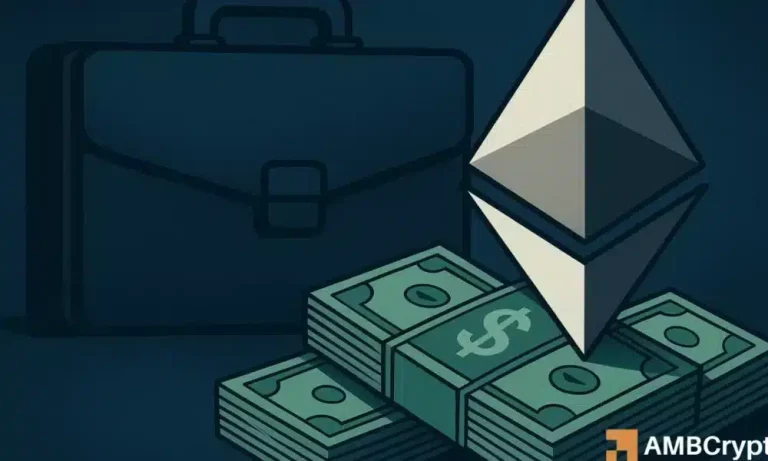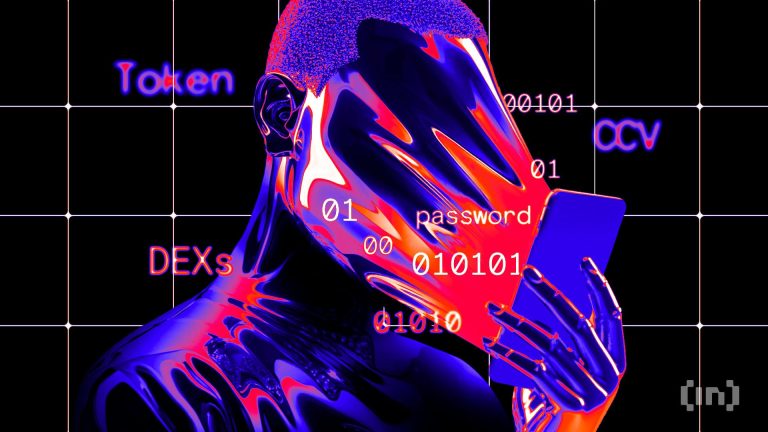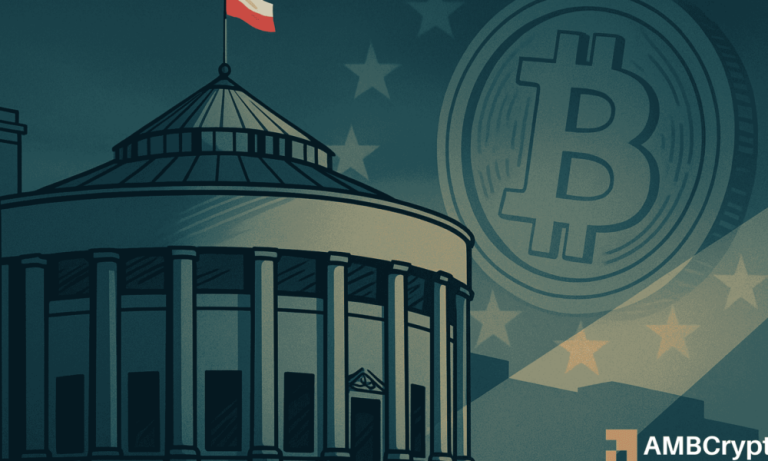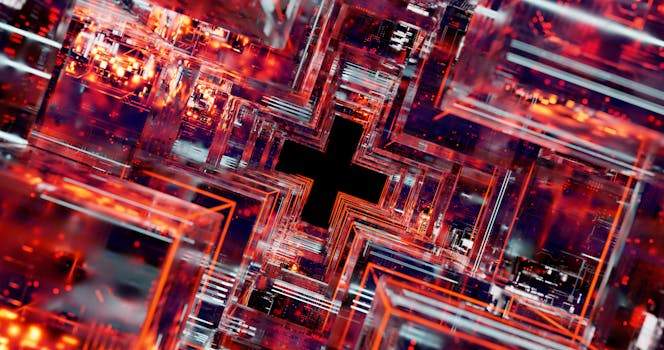
Introduction to the Digital Art Revolution
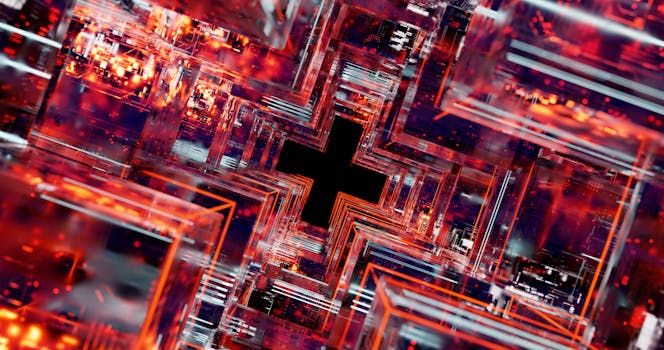
The digital art revolution has transformed the landscape of creativity, empowering artists in unprecedented ways. Advances in technology, from software to hardware, are not only changing how art is created but also how it is perceived and distributed. In this article, we’ll delve into the implications of technology for talented individuals and the entire art community as they navigate this rapidly evolving arena.
State of Digital Art Today
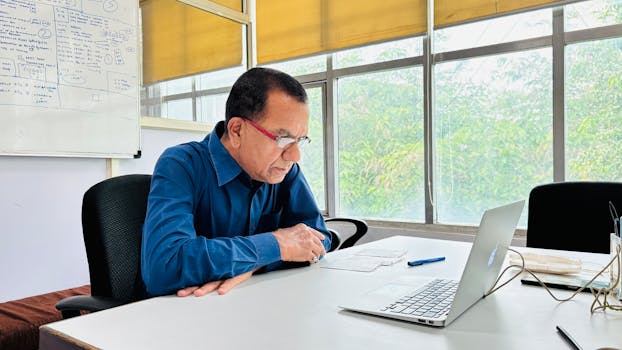
Digital art encompasses a wide range of artistic practices that utilize digital tools as part of the creative process. With the advent of powerful tools like Adobe Creative Suite, Procreate, and various 3D software, traditional art boundaries have blurred. Artists today create pieces that are not just images but also immersive experiences. Digital platforms transcend geographical boundaries, allowing artists to share their work at an unprecedented scale. Platforms like Instagram, Behance, and various NFT marketplaces mean that art can reach global audiences seamlessly.
Innovative Tools Shaping Digital Art
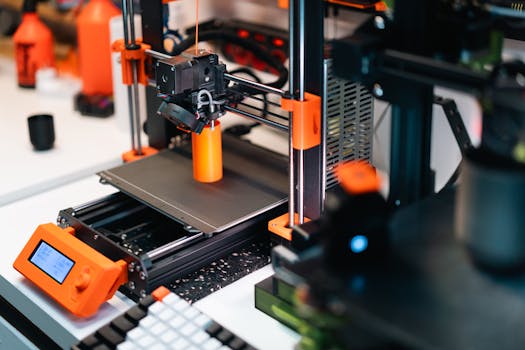
Today, artists have access to an array of cutting-edge tools that were unimaginable a few decades ago. Tablets equipped with styluses, like the iPad Pro paired with Apple Pencil, replicate the organic feeling of drawing on paper. On the software side, features such as machine learning and AI are being integrated to assist creative processes, enabling artists to explore new styles and reimagine current projects. Furthermore, virtual reality (VR) opens only virtual meeting to construct profound, interactive art experiences that immerse viewers in the artist’s creative world.
Embracing the Mesh of Art and Technology

Embracing technology allows for unique art-making techniques. Artists are blending various mediums—combining photography, animation, and drawing in their digital works, particularly in motion design and installations. Moreover, hardware such as 3D printers is extending the capabilities of digital art, transforming digital creations into tactile sculptures. The marrying of artistic creativity with technological capability offers both challenges and immense potential, making it essential for artists to continuously learn and adapt.
Impact on the Art Community
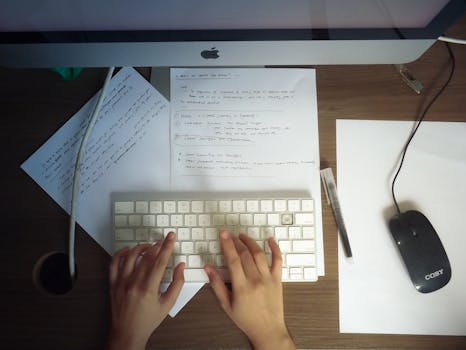
The digital revolution decentralizes art production and ownership, democratizing the creative landscape. Groups promoting inclusivity strive to ensure that artists from different backgrounds can display their talent. The concept of community has shifted; artist collaborations often occur across continents at just the touch of a button. Digital art competitions and online galleries pinpoint excellence, while webinars and online art education initiatives enhance learning processes. This interconnectedness nourishes a vibrant, diverse art community fostering new ideas and dialogue.
